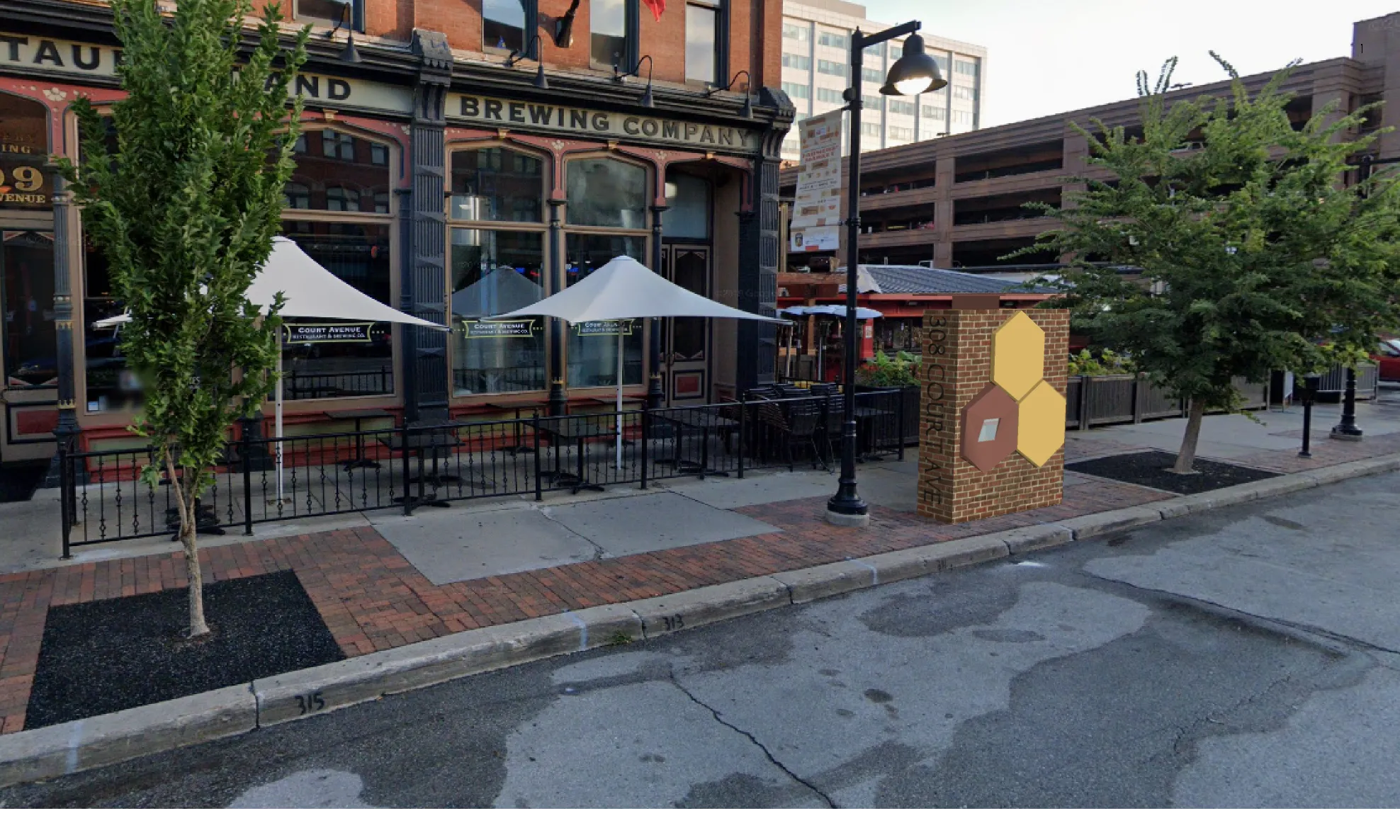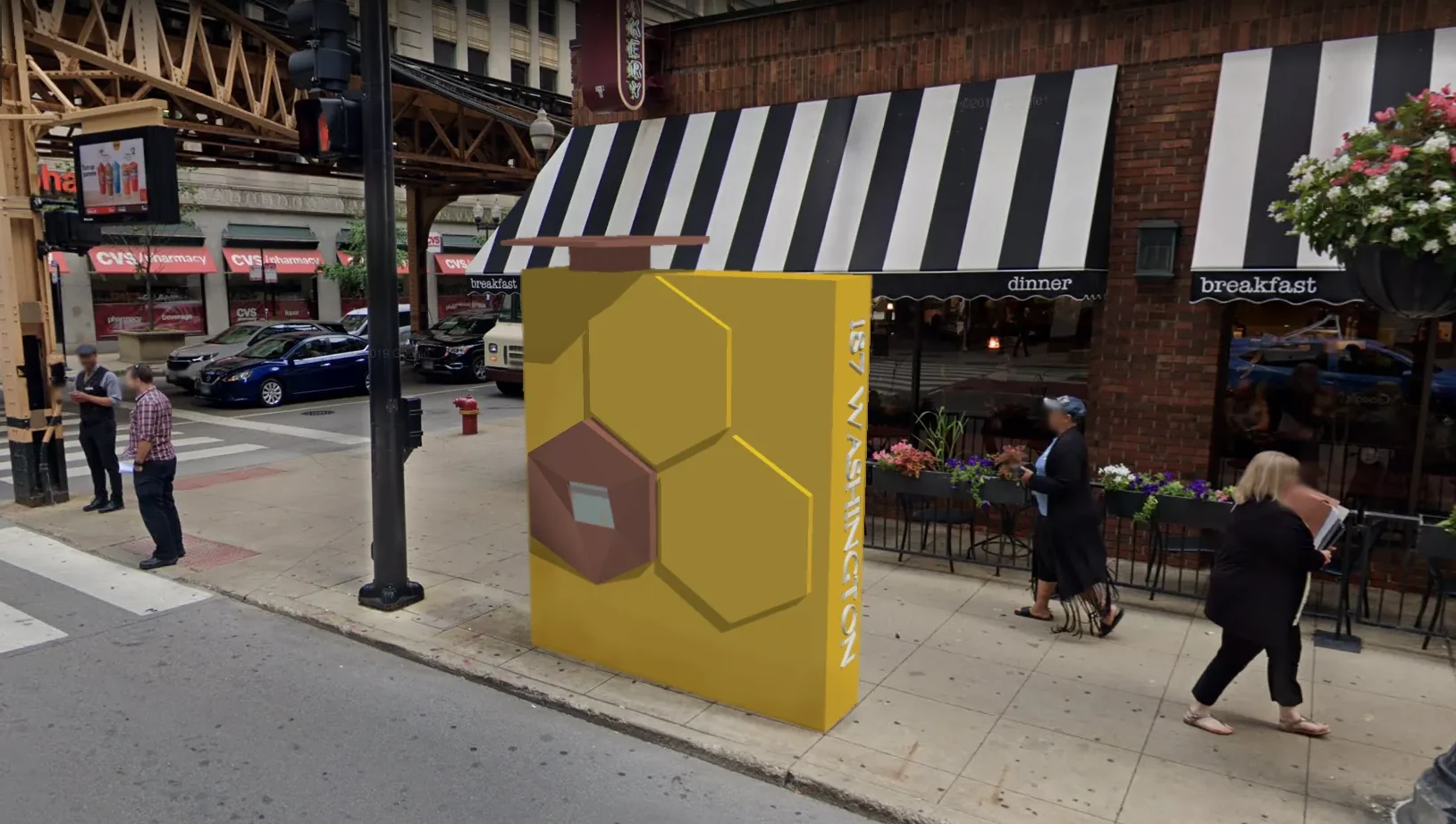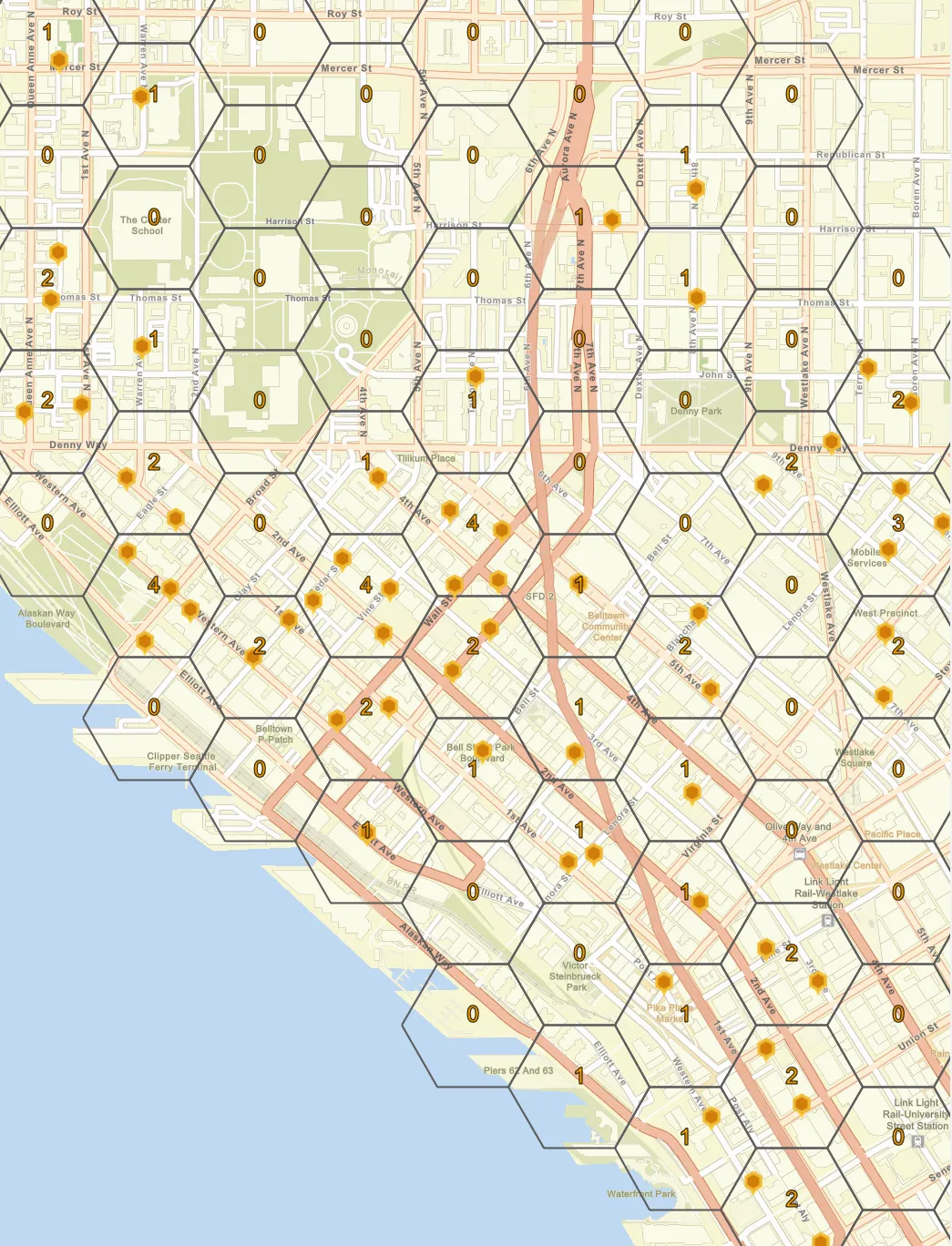BeeHive Technologies
Helping realize the future of urban drone delivery.
Meet "The Hive"
BeeHive is developing a unique urban drone delivery receiving, storage and transfer system called "The Hive."
The Hive is a "common carrier" system -- it provides equal services for all shippers and retailers, a common interface for consumers, and a single point of contact for municipalities and regulators.
Keep scrolling for a look at where Hives can be located and how they work.

With few exceptions, commercial use of drones is illegal.
In 2013, Amazon's Jeff Bezos famously predicts that drones will be making regular deliveries by 2018.


The FAA introduces the first rule allowing the legal use of drones for commercial purposes.
Title 14 of The Code of Federal Regulations (CFR), Part 107 allows any person who receives their remote pilot certificate to fly a drone for compensation, but there are some major limitations -- most notably, drones cannot be operated beyond visual line of sight, over people, or at night.
Also, since there is no drone specific type-certification. Part 107 pilots are solely responsible for ensuring the drone's operational safety.
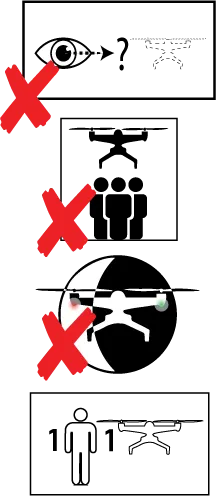
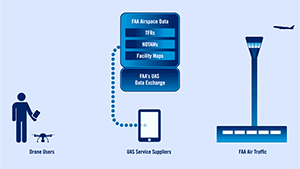
LAANC (Low Altitude Authorization and Notification Capability) introduced. LAANC allows drone operators to request flight authorization from ATC controllers using a simple app.
The DOT and FAA begin UAS IPP (Integration Pilot Program) to accelerate development of drone technology and regulations.
NASA and FAA begin UAS Traffic Management (UTM) Research Transition Plan to test various technical UTM capability levels.

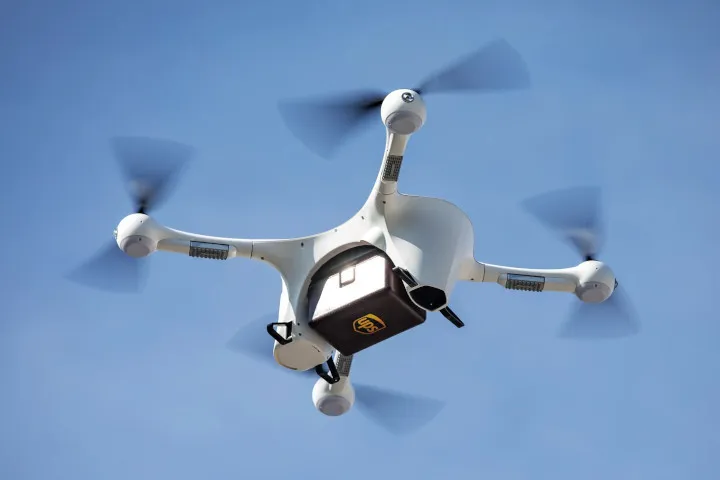
Drone Operators Certified to fly under "Part 135".
An existing FAA rule, "Part 135", written to regulate the operation of "on demand" air carrier services, such as charter flights and cargo transportation, is granted to the first drone "airline" operators. This is the first time drones are allowed to transport cargo without a waiver and exempted from state or local laws.
In general, this certification has been touted by drone operators as allowing them to operate "unlimited" drone air transport operations, but, as with part 107, waivers are still needed for BVLOS, flights over people and at night, and are generally limited to pre-authorized rural or suburban areas. And, as with part 107, only a single drone is allowed per pilot.



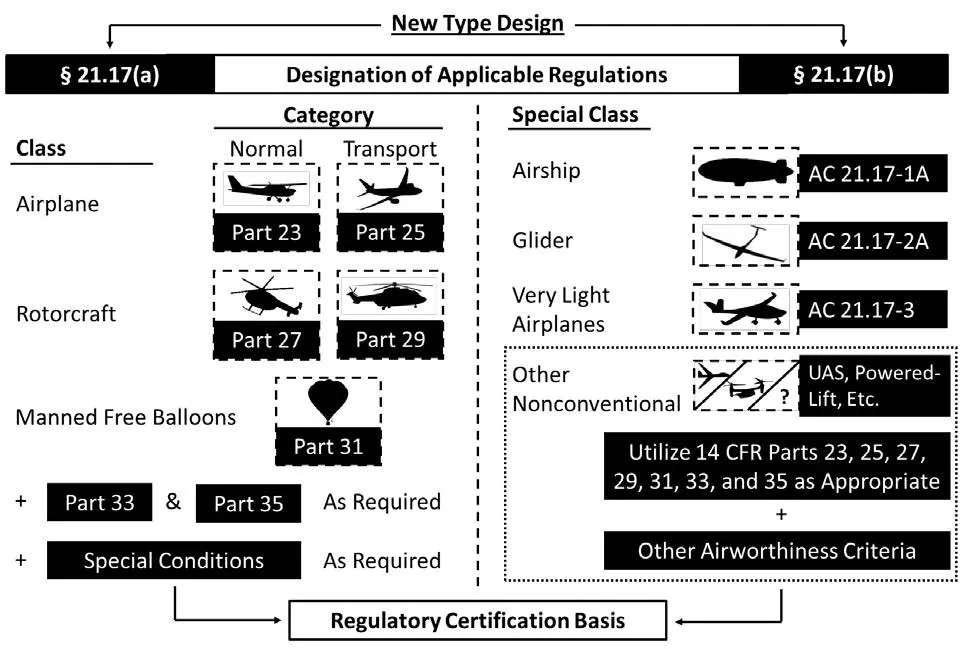
FAA begins to use existing "Special Class" Aircraft Type Certification to type certify drones. (14 CFR 21.17(b))
All aircraft need to be certified as airworthy for their intended use. Drones are unique in that they are very small, unmanned, autonomous, and operate at low altitude. Therefore, they do not fall under any existing type certification rules.
As a stopgap, the FAA has decided to use the existing "Special" Type Certification to certify drones on a case-by-case, risk basis. Ten companies are currently in the process of applying for this certification.

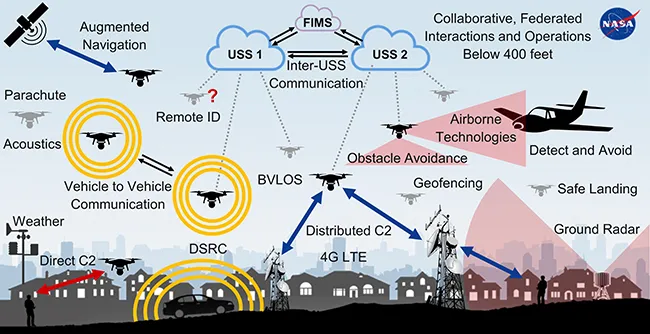
NASA and FAA Technology
NASA granted patent for UTM design and wins Government Invention of the Year.
FAA Publishes Concept of Operations V2 for Unmanned Aircraft System Traffic Management.
FAA replaces IPP program wtih BEYOND program to address remaining challenges with BVLOS (Beyond Visual Line Of Sight) operations.


BeeHive focus narrows on an urban "common carrier" drone delivery infrastructure "last mile" solutions.
A "common carrier" system solves many of the most pressing "last mile" issues, including cost, environmental concerns, and package safety. An urban solution is seen as the most needed and most challenging.
A crucial part of the solution, "The Hive", goes from conceptual idea to design phase.

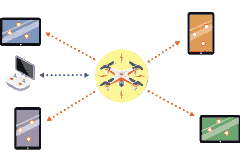
Remote ID rules published.
All drones, recreational and commercial, will soon be required to broadcast an electronic "license plate", including data such as departure point and current location. This step is considered essential to introducing scaled drone operations into the National Airspace System (NAS) as part of adopting a national UTM system.
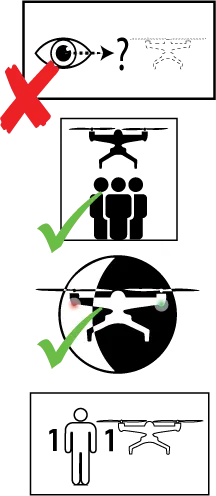
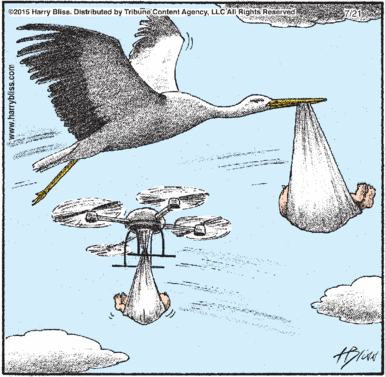
First companies receive "Special" Type Certification.
This airworthiness certification opens pathway to fully autonomous BVLOS flights.
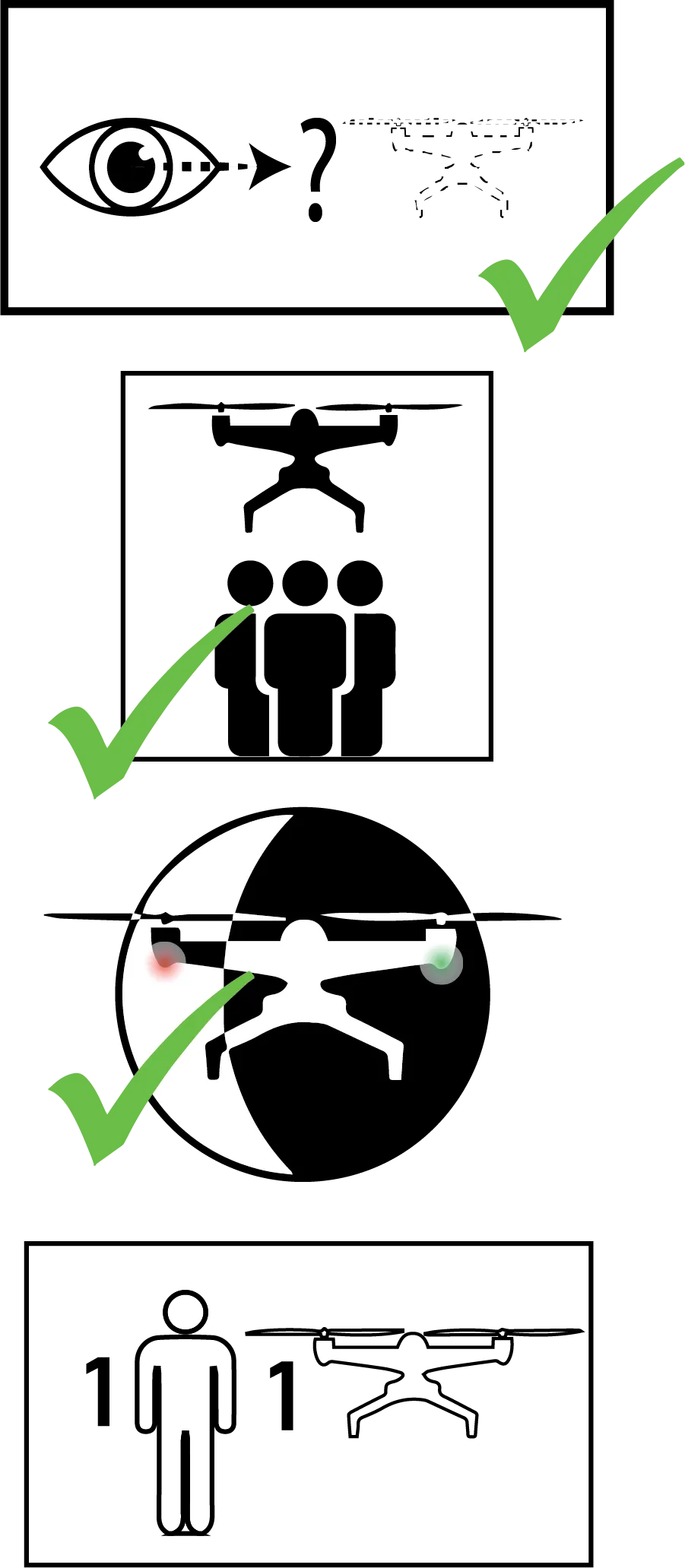

Design of "The Hive" is further refined with modularity, storage, and landing systems all having pending patents.

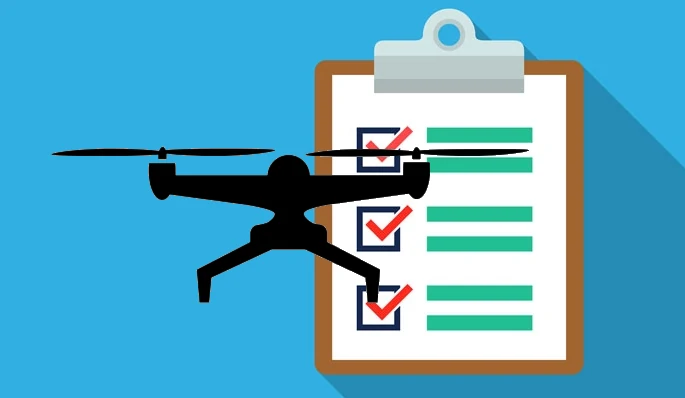
Standard Done Type Certification Defined
The FAA finalizes the standards for performance based type certifying of autonomous drones and integrating them into the National Airspace System (NAS). Drone delivery operations begin to scale up with limited urban drone delivery operations beginning in several pilot cities.


The first integrated UTM systems are deployed in several pilot cities
This allows compliant drones to fly autonomously within the NAS with one person monitoring several drones.
Drone delivery operations continue to scale up. New battery technology increases drone range to 30+ miles.

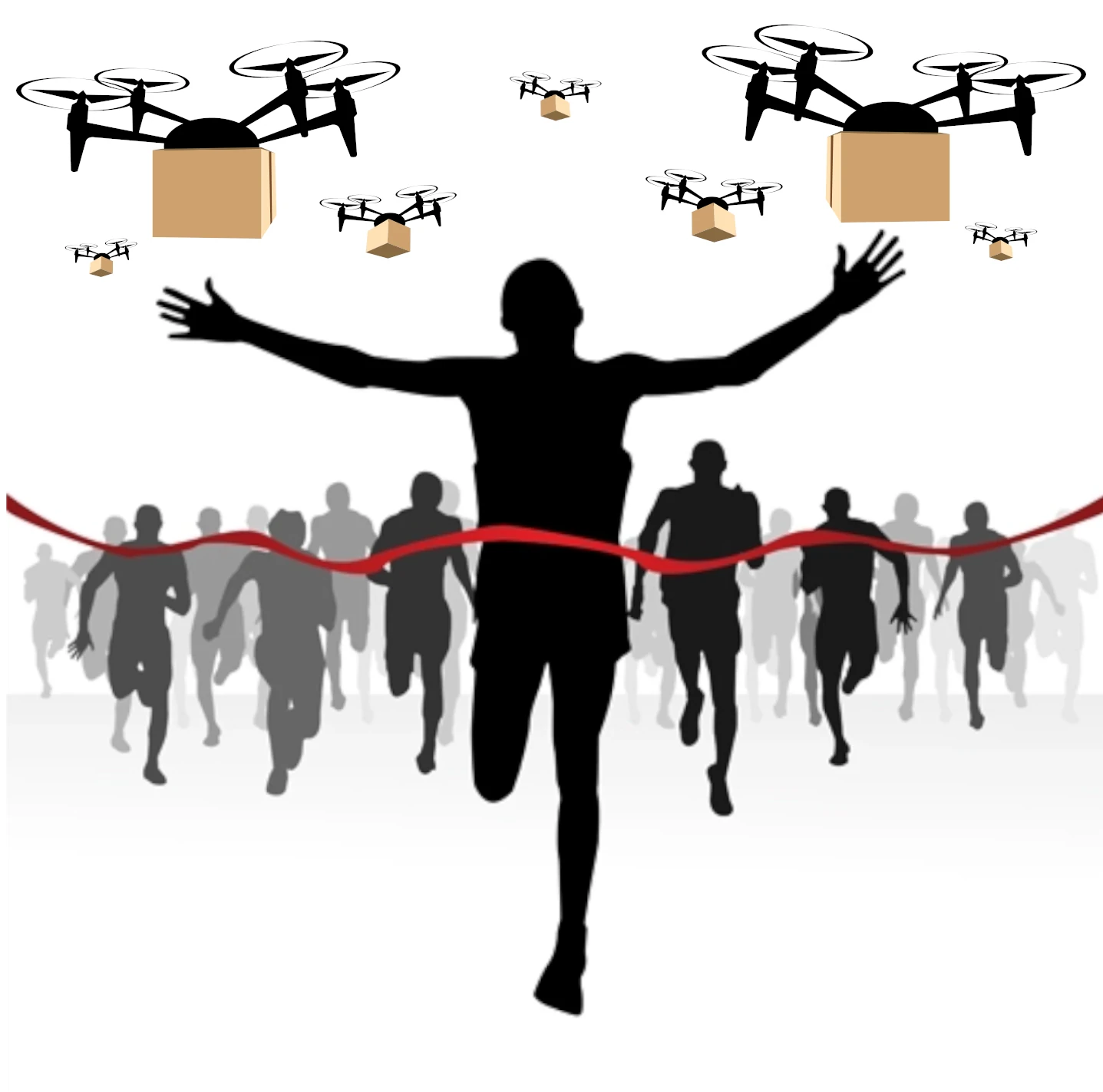
Standard Done Type Certification Granted
No operational limitations: BVLOS, Over People, Nighttime, Many drones per operator.
Many companies are producing drones that have been certified to perform urban drone delivery operations. UTM systems standardized and operational across the industry and have been installed in several medium and large cities.
Retailers and shippers quickly transition from ground to aerial delivery.
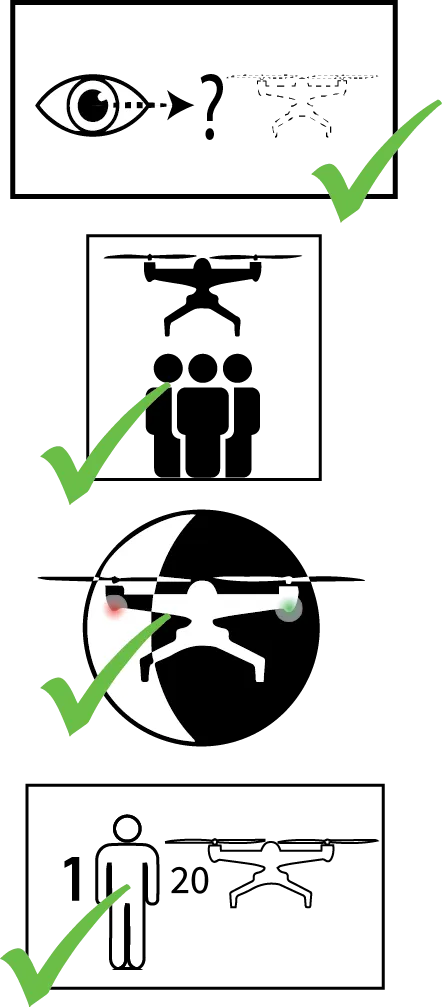

Standard Done Type Certification Granted
No operational limitations: BVLOS, Over People, Nighttime, Many drones per operator.
Many companies are producing drones that have been certified to perform urban drone delivery operations. UTM systems standardized and operational across the industry and have been installed in several medium and large cities.
Retailers and shippers quickly transition from ground to aerial delivery.


Standard Done Type Certification Granted
No operational limitations: BVLOS, Over People, Nighttime, Many drones per operator.
Many companies are producing drones that have been certified to perform urban drone delivery operations. UTM systems standardized and operational across the industry and have been installed in several medium and large cities.
Retailers and shippers quickly transition from ground to aerial delivery.


Standard Done Type Certification Granted
No operational limitations: BVLOS, Over People, Nighttime, Many drones per operator.
Many companies are producing drones that have been certified to perform urban drone delivery operations. UTM systems standardized and operational across the industry and have been installed in several medium and large cities.
Retailers and shippers quickly transition from ground to aerial delivery.

NO COMMERCIAL FLIGHTS
PART 107
LAANC IPP UTM
PART 135
BEEHIVE FOUNDED
SPECIAL CERT
NASA and FAA TECH
BEEHIVE
REMOTE ID
SPECIAL TYPE GRANTED
BeeHive Prototyping
Standard Drone Type Cert
UTM DEPLOYED
STANDARD TYPE GRANTED
The Idea
We are a group of engineers and scientists with backgrounds in mechanical engineering, computer science, and avionics that have embraced a future that integrates advanced air mobility systems into our daily lives.
Our part in this new air mobility paradigm started in 2019 with a brainstorming effort to come up with ways to curtail the exponentially growing environmental impact of e-commerce. Among many other concepts, we looked at ways to reduce or eliminate the use of cardboard and how to simplify and “greenify” package delivery logistics, in particular for the "last mile".
As we dug further into the problem and tried to imagine what life would look like in the near future, we quickly noticed where things were heading -- the costliest and environmentally impactful part of the e-commerce logistical chain, the “last mile”, was going to quickly be transformed by autonomous Unmanned Aerial Systems (UASs). Once we had this realization, we investigated what role we could play. We researched the various ongoing initiatives, particularly those being shepherded by the FAA and NASA, and became familiar with the activities of the various industry participants. While there is clearly much important research and development being done to create a safe and efficient UAS operating environment (which eventually merged into the National Airspace System), it seemed to us that if UASs were going to be used for package delivery, they would need the physical and technological infrastructure on the ground to do so.
This quote from NASA’s 2018 Urban Air Mobility Market Study is particularly telling, and still largely holds true today:
“There are currently no standards for key last-mile delivery infrastructure; industry remains unaligned on the technical visions and needs for receiving vessels." We decided our challenge would be to implement the “receiving vessel” part of the system.
The Vision
We do not envision receiving vessels as passive structures in an Unmanned Traffic Management (UTM) system, simply acting as drop off locations for packages; we envision the receiving vessel as a critical part of the UTM infrastructure. There will need to be a standardized way for approaching, landing, and depositing parcels and these factors will need to be considered just as carefully as any other system if a scaled urban UAV package delivery system is going to be realized.
To this end, we envision a “common carrier” parcel storage and transfer vessel that provides data to help plan navigation and routing for package delivery UAVs and:
- Is installed at ground level in areas with continuous GNSS line-of-sight and in “urban canyons”, or any GNSS-denied areas, and provides the necessary autonomous navigational support to guide UAVs through approach, landing, delivery, and departure.
- Has a common protocol and interface for both UAVs and “ground level” user interaction. Integrates into the larger UTM system of systems as an UAS service supplier.
- Developed and certified to the appropriate safety-critical hardware and software systems standards (e.g., DO178B/C Level A or C)
- Is rugged and robust enough to support UAS operations in any city, all year, in all weather conditions.
- Is modular to expand capacity or upgrade functionality with limited downtime and cost.
The Future
NASA and the FAA have developed a plan on how numerous UAS service suppliers will be integrated into a larger system, and eventually merged with the NAS (National Airspace System). But there seems to be little interest in creating a “common carrier” system for safely landing and transferring packages in an urban environment.
Carrier-specific delivery lends itself to the further monopolization of an already top-heavy industry. It will also likely lead to consumer confusion and frustration. In contrast, a “common carrier” system provides equal services to large incumbents, new startups, and existing small operations. It also provides a common interface to the public regardless of the carrier.
We are currently in the research, design, and prototyping phase. We believe we have identified the majority of the use cases and associated technology and have designed and submitted patents for a successful deployment. We are excited to be part of this challenging and transformative industry.
The Urban Drone Delivery Conundrum
Cities need drones. Drones need cities. But how to get drones into cities?
Urban areas concentrate hundreds of thousands, sometimes millions, of people into small areas. These urban residents tend to be in the demographics that do most of their shopping online. They are also eager, almost proudly self-defined, early adopters of new trends, attitudes, and technology. These factors make urban communities extremely valuable for business and commerce, and the prime areas for early drone delivery adoption.
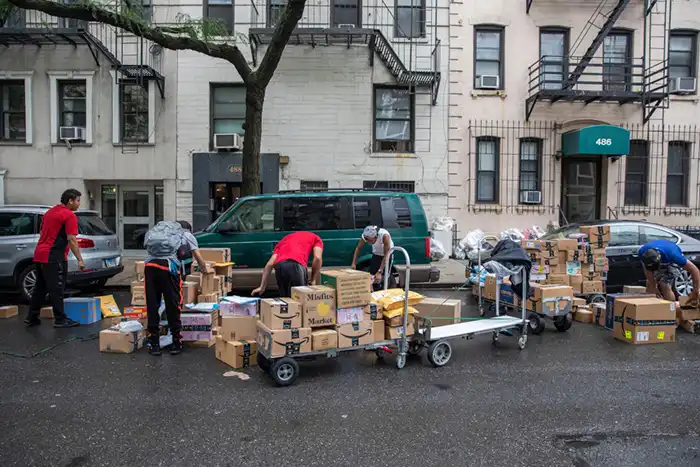
While city dwellers love shopping online, urban living doesn't lend itself to efficient or convenient "last mile" package delivery -- from congested, stop-and-go streets and pollution, to theft, cluttered lobbies (or no lobbies at all) -- getting packages to customers can be a fraught and costly affair. So, avoiding all the problems on the ground by taking to the air seems like the perfect solution... Why, in fact, would you want to do a zig-zag-crawl through an urban minefield of congestion, pollution, and "porch-pirates" when you could simply fly a crow-line to the destination, secure the package, and fly a crow-line back?
Cities need drones, drones can best serve cities, so there are enormous synergies to be tapped, but how to deliver a package via drone on a city street where there is no convenient landing area, or even a safe way to approach a landing area? Urban airspace is squeezed between tall buildings and is stuffed...with stuff -- powerlines, poles, signage, trees, etc. Worse, the primary drone navigation technology, GPS (or GNSS) becomes severely degraded or completely unavailable when there is not a direct line of sight to the needed constellation of satellites. So, once a drone drops down into the "urban canyon", it must use some other means for spatial orientation and navigation.
If the navigation problem is solved, what about obstacle avoidance during the approach phase and then performing a pinpoint landing and a tiny landing area? Once approach and landing are figured out, how do you secure and transfer hundreds of packages a day to the people living in a few city blocks?
As you can see, urban drone delivery will be a very challenging and multi-disciplinary undertaking. Beehive is positioned to be an integral part of the solution.







